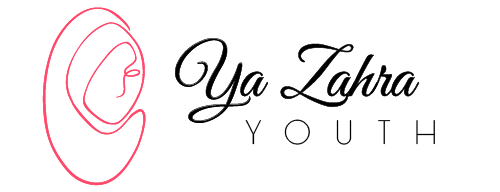What are mixed gatherings?
Mixed gatherings refers to any gathering where men and women are in each other’s direct presence. In Islam, there is no prohibition on mixed gatherings of men and women in public places such as schools, universities, workplaces, or other public events, as long as Islamic ethical and moral standards are maintained. However, some Shia scholars and community leaders recommend separating men and women in private settings such as: weddings, family gatherings, religious gatherings, or social events, to prevent any potential harm or moral corruption.
The concept of “hijab” or modesty is an essential aspect of Islamic belief, and both men and women are expected to observe it. Men are expected to lower their gaze and not engage in any inappropriate behavior or conversation with women. Women are required to dress modestly, covering their hair and body, and avoid engaging in any inappropriate behavior or conversation with men who are not their close relatives.
The issue of mixed gatherings is often discussed in the context of preventing “fitna,” which refers to any behavior or situation that may lead to moral corruption or temptation. If there are sinful intentions behind attending then those gatherings are not permissible.
A look at the Holy Quran
There are several verses in the Quran that discuss the concept of mahram and non-mahram relationships, and emphasize the importance of maintaining appropriate boundaries between men and women who are not closely related. Here are a few examples:
“Say to the believing men that they should lower their gaze and guard their modesty: that will make for greater purity for them: And Allah is well acquainted with all that they do.”
The verse that follows then instructs on how to guard ourselves from temptations but also lists those who are our mahram and non-mahram so there is no confusion.
And say to the believing women that they should lower their gaze and guard their modesty; that they should not display their beauty and ornaments except what (must ordinarily) appear thereof; that they should draw their veils over their bosoms and not display their beauty except to their husbands, their fathers, their husband’s fathers, their sons, their husbands’ sons, their brothers or their brothers’ sons, or their sisters’ sons, or their women, or the slaves whom their right hands possess, or male servants free of physical needs, or small children who have no sense of the shame of sex; and that they should not strike their feet in order to draw attention to their hidden ornaments. And O ye Believers! turn ye all together towards Allah, that ye may attain Bliss.” (Quran 24:30-31)
Overall, the Shia Islamic view on mixed gatherings is that they are not inherently forbidden, but both men and women must maintain Islamic ethical and moral standards and observe the rules of modesty and respect for one another’s boundaries.
Can I attend a Muslim wedding that will be mixed?
Weddings tend to be gatherings where people normally come dressed up, especially the women who use make up, perfume and wear party wear. For this reason, any kind of mixing and mingling between members of opposite is not acceptable. Unless we know for sure that men and women will be seated separately, all will observe hijab, such weddings are not permissible.
What about school, madressa or educational workshops that are mixed?
As a rule of thumb think, full hijab must be observed if the purpose of these are to educate, and the interactions are not indecent then they are permissible. But where possible, segregated seating should be arranged.
Read more on related topics:


